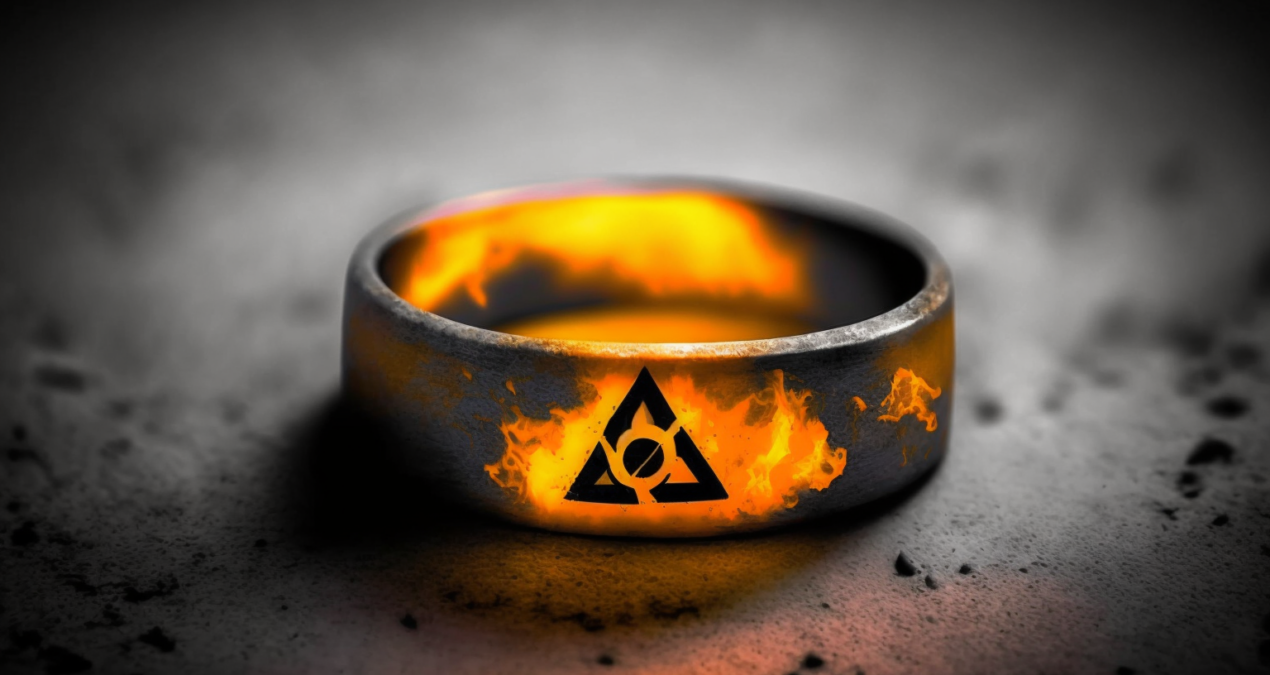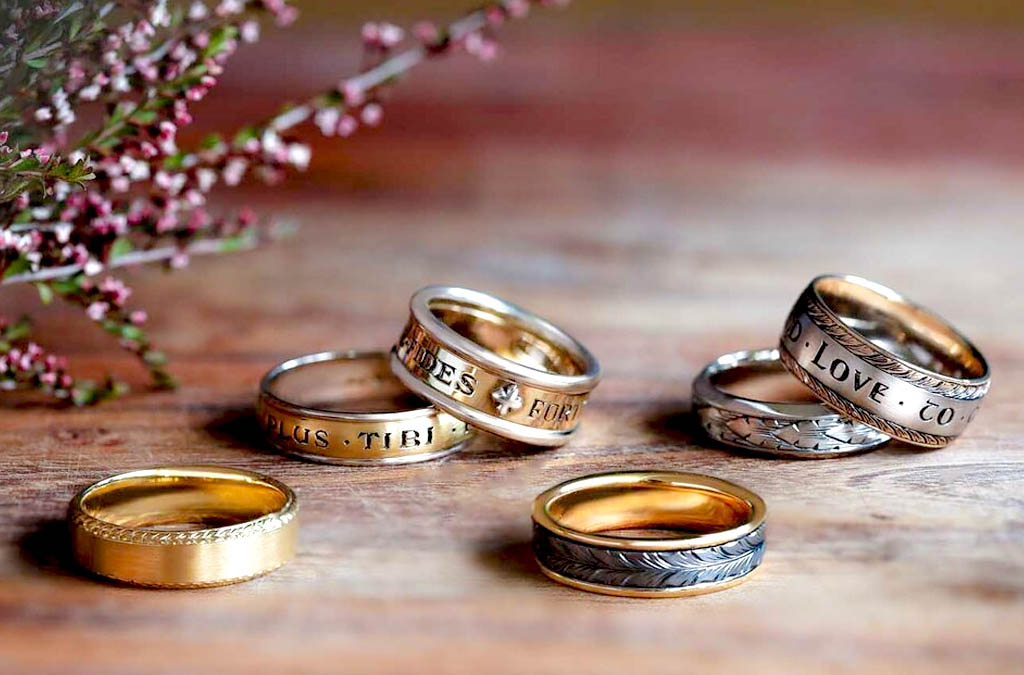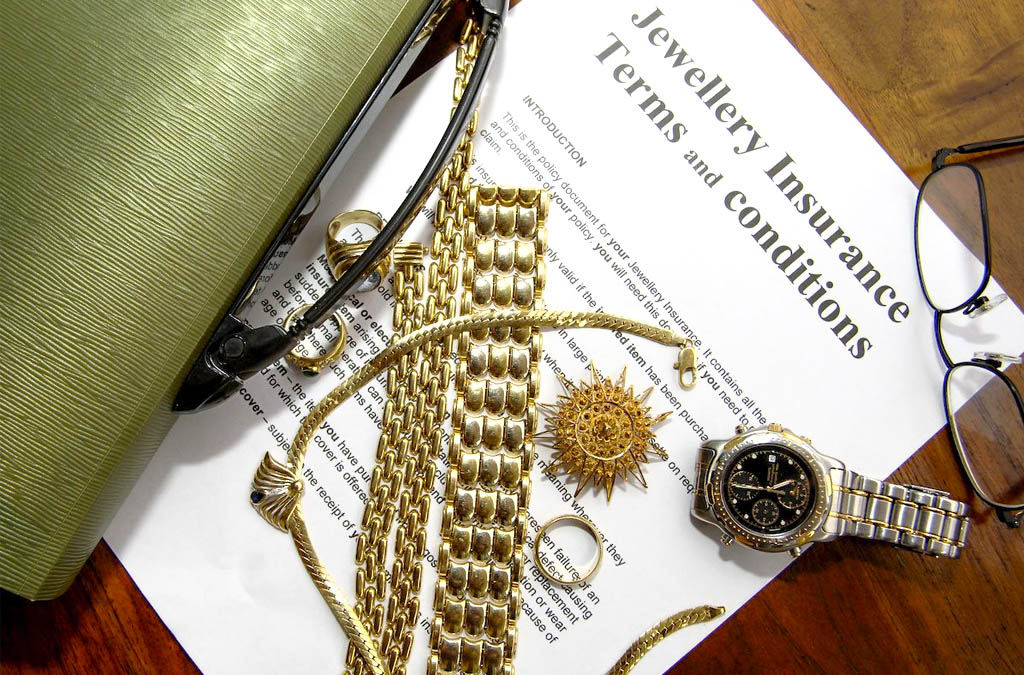Adorning yourself with jewelry is a fantastic way to showcase your personal taste and boost your overall look. However, it’s essential to recognize the possible dangers tied to wearing jewelry. In this article, we’ll go over several prevalent concerns related to wearing jewelry and offer advice on steering clear of these issues.
1. Allergic Reactions
A prevalent hazard linked to wearing jewelry is experiencing an allergic reaction. Numerous individuals have sensitivities to specific metals, like nickel, commonly found in low-cost jewelry. Such sensitivity can result in skin discomfort, inflammation, and redness.
2. Infections
Donning earrings, particularly in freshly pierced ears, might sometimes cause infections. Usually, this occurs when bacteria enter the piercing site, either from the jewelry or by touching the area with unclean hands.
3. Injuries
Wearing jewelry can occasionally lead to injuries, such as:
- Entanglement with clothes or other items, potentially causing cuts or bruises.
- Unintentionally ingesting tiny jewelry pieces, which might lead to choking or gastrointestinal problems.
- Prolonged use of heavy earrings, which can cause earlobes to stretch or even rip.
4. Professional Hazards
In certain occupations, wearing jewelry can pose a threat to the wearer and those around them. For instance:
Healthcare Professionals
In the healthcare industry, wearing rings, bracelets, or other jewelry can inadvertently spread bacteria and pathogens. These items may harbor harmful germs, which can be transmitted to patients, increasing the risk of infections. To mitigate this risk, healthcare professionals should consider removing jewelry or wearing gloves when interacting with patients.
Machinery Operators and Industrial Workers
In industries where workers operate machinery or handle heavy equipment, wearing jewelry can be particularly hazardous. Rings, necklaces, and other items can get caught in moving parts, leading to severe injuries, such as crushed fingers, lacerations, or even amputations. Workers should remove jewelry before operating machinery and adhere to their workplace’s safety guidelines.
Food Service Workers
For those working in the food service industry, wearing jewelry can pose a risk to food safety. Rings, bracelets, and watches can harbor bacteria, which may be transferred to the food during preparation. Additionally, there is a risk of jewelry items falling into the food, posing choking hazards to consumers. Food service workers should follow their workplace’s policies on jewelry and maintain proper hygiene.
Athletes and Fitness Professionals
Wearing jewelry during sports or fitness activities can lead to injuries for both the wearer and others participating in the activity. Jewelry may cause scratches, bruises, or worse injuries during physical contact. Furthermore, some items, such as necklaces, can pose strangulation hazards. Athletes and fitness professionals should remove jewelry before engaging in physical activities to minimize the risk of injuries.
Electricians and Technicians
For electricians and technicians, wearing metal jewelry can be particularly dangerous. Metal conducts electricity, and wearing rings, bracelets, or necklaces while working with electrical components can cause electrocution or burns. These professionals should remove any conductive jewelry before working with electrical systems to ensure their safety.

Tips for Preventing Jewelry Hazards
Here are some useful suggestions to help reduce the risks associated with wearing jewelry:
- Opt for hypoallergenic jewelry made from materials like stainless steel, titanium, or gold to minimize the chances of an allergic reaction.
- Maintain clean piercings and refrain from touching them with dirty hands to avert infections.
- Exercise caution when wearing jewelry around machinery or in situations where it might pose a danger.
- Take off jewelry before participating in physical activities, like sports or exercise, to avoid injuries.
Keep in mind the importance of staying informed about the potential hazards tied to wearing jewelry and taking the necessary measures to prevent any problems. Stay safe while looking fashionable!
Summary
This article highlights the potential hazards of wearing jewelry, including allergic reactions, infections, injuries, and professional risks. It offers practical tips for minimizing these issues, such as choosing hypoallergenic materials, maintaining clean piercings, and exercising caution in certain situations. By being aware of these hazards and following the provided advice, you can stay safe while looking fashionable.
Here’s a funny joke to wrap up on a lighter note:
Why was the necklace sent to prison?
Because it couldn’t keep its links in order!
Ciao! I am Salvatore, a master jeweler from the mesmerizing island of Sicily. With a wealth of experience spanning over ten years, I take great pride in my exceptional craftsmanship and meticulous attention to detail. My expertise lies in both traditional and contemporary jewelry designs, where I seamlessly blend the rich history and culture of my beloved Sicily into each distinctive piece.




